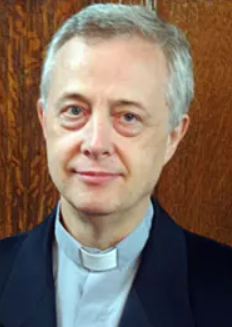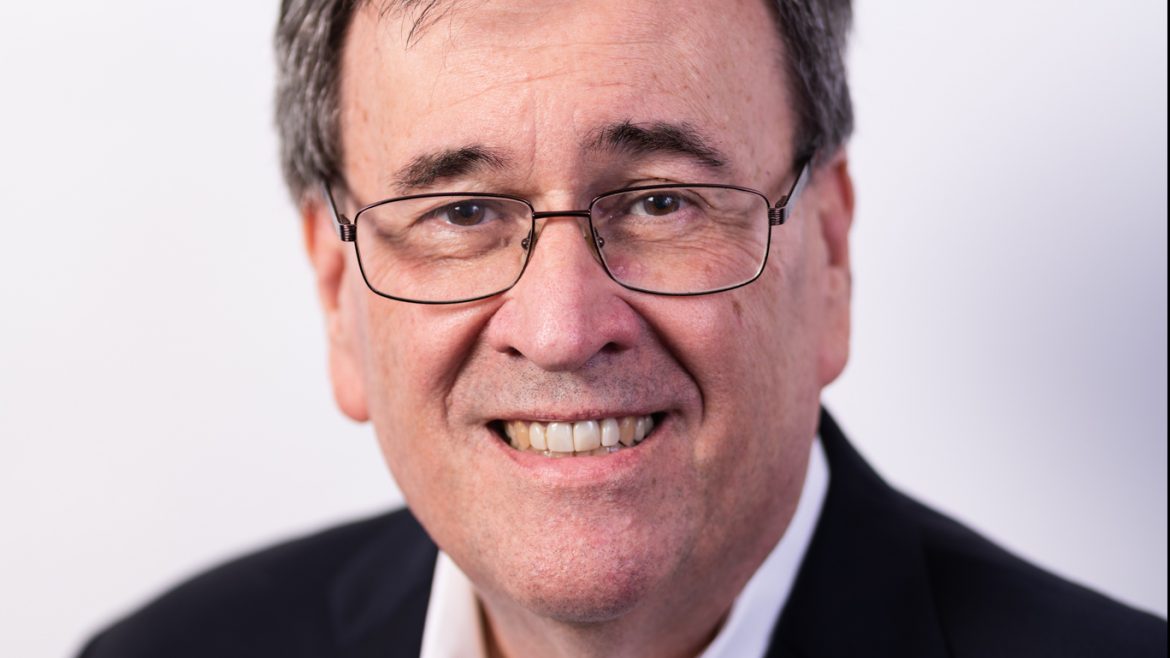The Our Faith in Action: Today’s Society of St. Vincent de Paul Special Pandemic Edition aired on EWTN last month and is now available to view online.

This special can serve as a great marketing tool for the Society, but the full episode may be too long to show at a SVdP recruitment event or during a Conference meeting.
We have cut the episode down into three shorter segments to be utilized for marketing and recruitment purposes.
To view and download segment 1, click here.
To view and download segment 2, click here.
To view and download segment 3, click here.
We hope you will find these segments useful as you spread the good news of the hard work of Vincentians across the country! If you have any questions, contact Michelle Boyer at mboyer@svdpusa.org.







